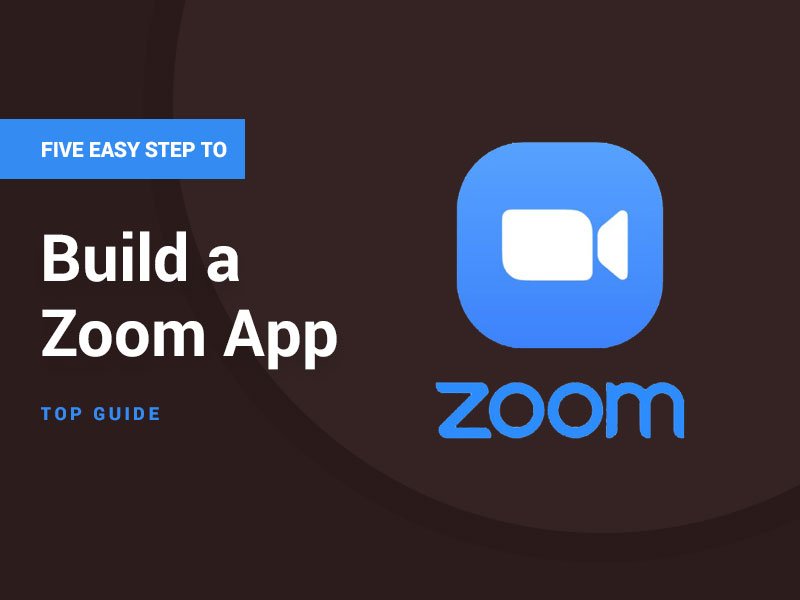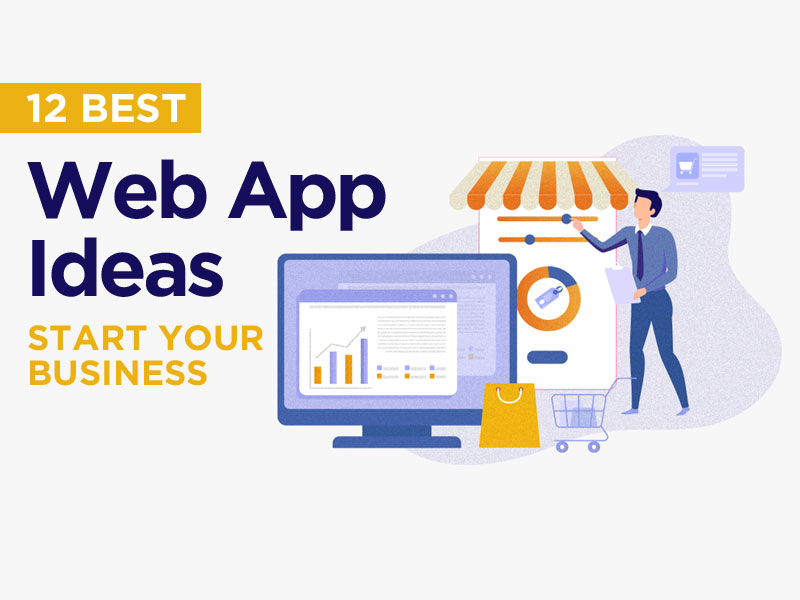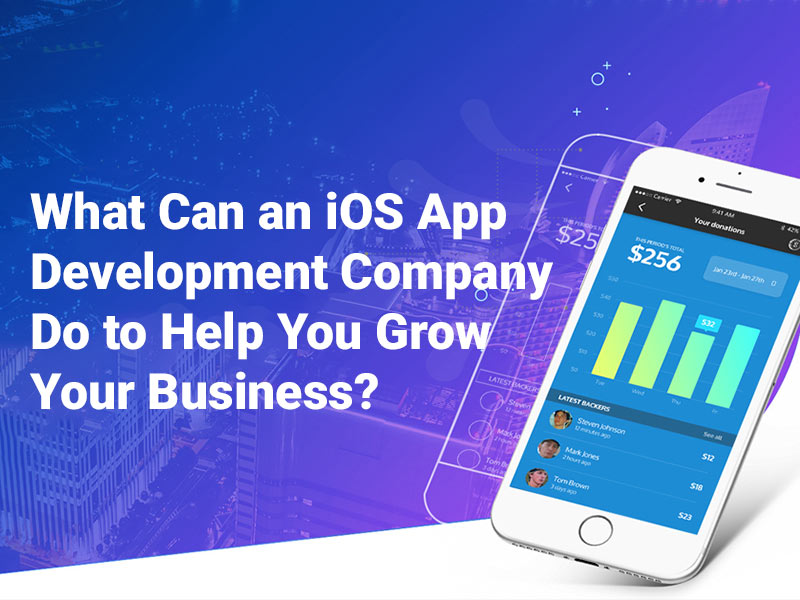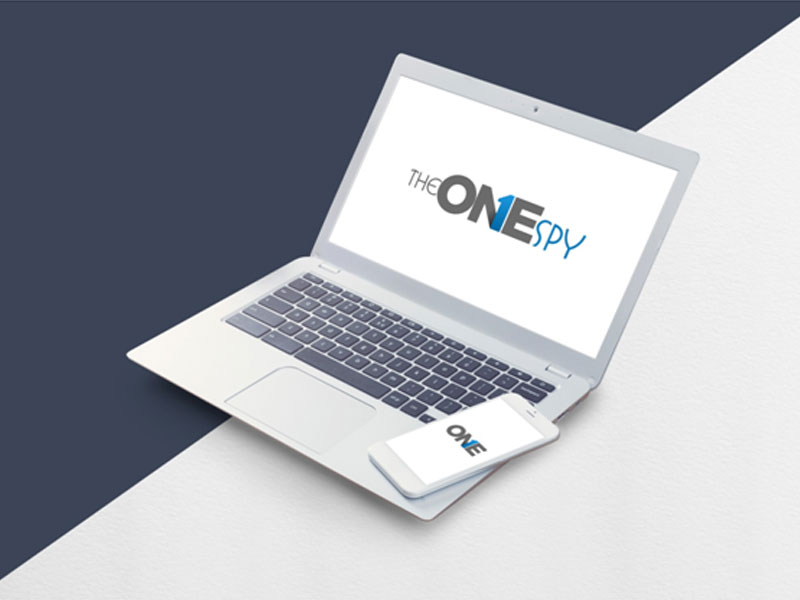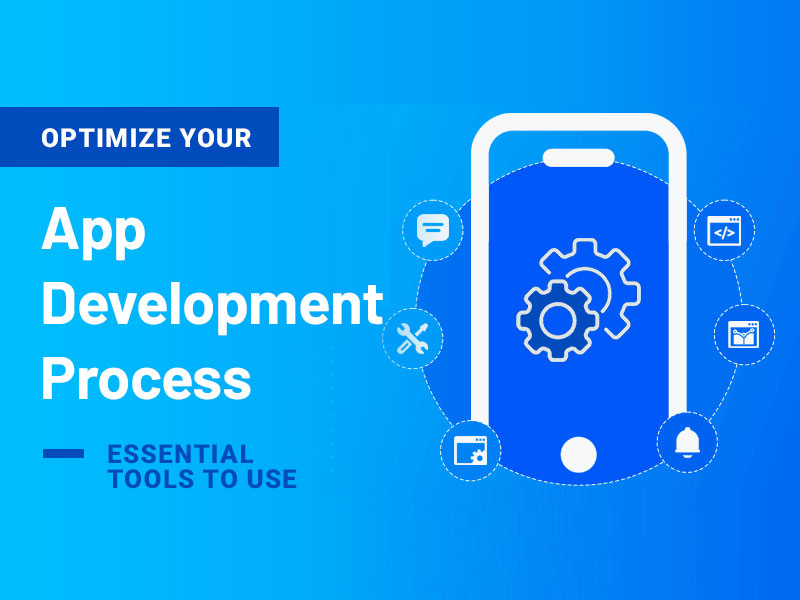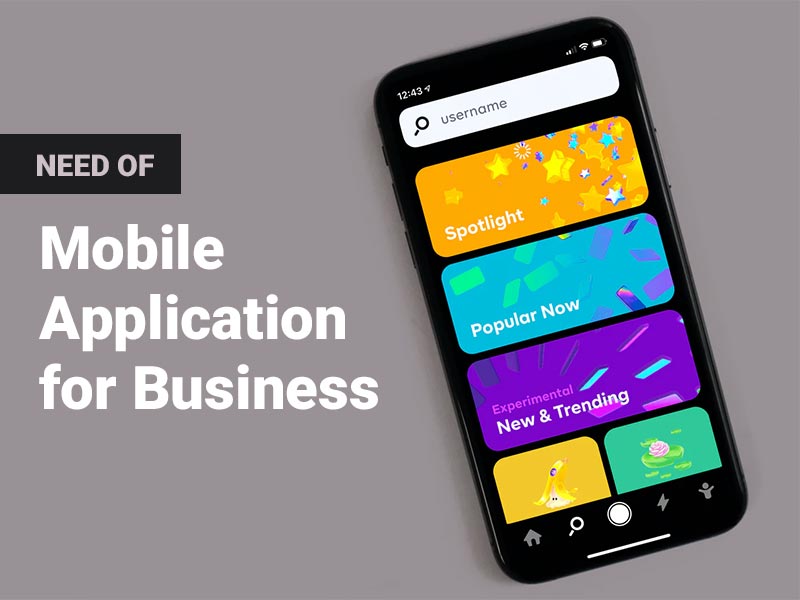There has been one application that we have heard over and over since nations throughout the world responded to the COVID-19 virus epidemic by implementing lockdowns. Zoom is on everyone’s toolset as the world opens up to new ways of doing things. Many businesses are attempting to adjust their operations by allowing their staff to work from home, which has resulted in a surge in Zoom’s popularity. As a result, they can lessen the impact of the viral outbreak on their organization while simultaneously lowering the risk of their staff becoming infected.
Employees of a corporation can have online meetings while working from home using the Zoom video call software or any other top zoom app clone. There has been a huge surge in demand for video conferencing programmes in recent weeks. For all of us, the COVID-19 crisis has been a difficult period, but you should strive to make the most of it. Some entrepreneurs see this increase in demand as a chance to create video chat apps like Zoom. If you want to learn how to make a video conferencing app, read this article to learn everything you need to know about mobile app development.
The Zoom App Marketplace has a number of options for integrating Zoom services into your app. Log in to the Marketplace and go to Develop > Build App to see the app types that Zoom offers. When you click Build App, a page with five different app types will appear below.
Understanding the Different App Types
Zoom supports OAuth 2.0 and JSON Web Tokens for authenticating your app’s requests to use Zoom APIs (JWT). Apps that employ standard OAuth 2.0 can choose from a variety of scopes to indicate the data they require from a user’s Zoom account. These scopes are also tied to how our Zoom APIs are used. The app can interface with Zoom APIs and obtain access to the requested data after being authorized by Zoom and Zoom users. These apps can be downloaded from the Zoom App Marketplace by either a user or a Zoom account administrator.
Apps that employ JWT, on the other hand, are unable to set scopes or ask Zoom users to grant them authorization to access their data. These apps use server-to-server authentication with top zoom app clone, which means they must confirm their identity by providing their JSON Web Token to Zoom in order to utilize Zoom’s services. These apps can’t be uploaded to the Marketplace.
Public and Private Apps
Developers have produced a wide range of applications for public use or as a private extension of their product or service on the Zoom Marketplace. A public app is one that is designed to be accessible to all Zoom users.
Individual users can install these apps as a chatbot on their Zoom Client or as integrations into third-party services to use Zoom products and services. Before being released on the Marketplace, all Public Apps are subjected to a thorough quality and security evaluation.
There are a lot of reasons why making your software available on the Marketplace gives it a substantial benefit. Public apps, in particular, are immediately available to Zoom’s massive and increasing user base. On our, we go through more of these advantages, such as the advantages of backend and data storage, security, and customer support.
A private app is one that was produced by and is only available to a single developer account. Account administrators can use these apps to manage their accounts and interact with Zoom products and services. Private apps are only meant to be used on the developer account where they were built. Refer to our tutorial to request a publishable URL for users outside your account.
Account-level and User-Managed Apps
There are two types of applications in the Zoom Marketplace using the Top zoom app clone, depending on the type of installation, which determines the type of authentication required.
A Zoom Developer Account-level app is one that is installed just on that account and is used to manage users. These apps have access to Zoom APIs, which are used to manage Zoom accounts’ users, reporting, and content. An internal dashboard used by your firm to create and manage meetings on behalf of your users is an example of an Account-level app.
A user-managed app is one that is installed by individual users and so requires authentication on their behalf. Zoom APIs, which control an individual user’s material, have a special access set for these apps. User-managed apps give users authority over the app’s permission and reauthorization, allowing them to safeguard and manage their Zoom account. Any application that ties to specific users to use Zoom, such as an individual’s calendar extension or an app that allows users to create meetings for themselves, is an example of a User-managed app. For establishing User-managed apps on the Zoom Marketplace, OAuth authorization is required.
Web Tokens in JSON (JWT)
JSON Web Tokens are a simple and safe way for Marketplace developers to communicate information between two services, allowing them to authenticate with Zoom APIs. JWTs are short and self-contained, allowing them to express all of a user’s context and information in a single JSON object delivered via a URL or simple request. Marketplace developers utilize JSON Web Tokens to authenticate access to their Account-level apps, which allow administrators to manage their own accounts or users. Refer to our authentication documentation for a more in-depth look at developing Zoom apps with JWT.
Chatbots
Chatbots are account-level programmers that engage with users using the chat interface in the Zoom Client. The Zoom Client allows you to effortlessly customize a chatbot to fulfil a variety of purposes by allowing you to specify new commands, data connections, and chat-card formats as a developer. Chatbots let you create full-featured apps that interact with and reply to Zoom Client chats. These apps can communicate with all Zoom APIs, Webhooks, and third-party services in the same way that other app kinds may, and they employ the OAuth 2.0 authentication mechanism in the top zoom app clone.
Webhook-only
When an action (event) is initiated, webhook-only apps employ Event Subscriptions to integrate and link third-party services to the Zoom platform. This allows you to automate the process of receiving notifications when a specific event occurs in your Zoom account without having to make multiple API calls. Notifications are sent as an HTTP POST request with a JSON payload detailing the event to an endpoint URL. This may allow your app to communicate data to your server when a new or is made, store recorded data after a has concluded, or set up events to inform your database when a user uninstalls your programme.
OAuth
The Zoom Marketplace supports OAuth2.0, an industry-standard authorization mechanism that allows programmes to request access to user accounts through HTTP. This allows applications to manage individual user data. End-user applications that allow secure integration with Zoom APIs to access authorized data for each user are known as OAuth apps. After gaining authorization, you can utilize OAuth to grant access to users’ information linked to their Zoom accounts. Account admins can install and manage OAuth apps across an account as an account-level app, or end-users can install and manage OAuth apps individually as a user-managed app with creating the top zoom app clone.
How Does These Apps Works
Let’s take Zoom as an example. The programme not only allows users to view HD video and audio, but it can also accommodate up to 1000 people in a single conference. Participants can join a meeting from anywhere in the world as long as they have access to the internet. They can also choose to switch off their camera or microphone at any time. Regardless of the number of meeting attendees, the company attempts to give all of its services to its users. Here are some of Zoom’s qualities that have aided its ascension to the top:
- Sharing a Screen – Because the meeting participants are not physically present in the same room as you, they will not be able to see your presentation. Zoom came up with a clever solution in the form of Screen Share, which allows participants to share their screen with the rest of the group during a presentation.
- Chat – Zoom’s integrated chat feature allows meeting participants to converse successfully with one another. They have the option of sending a message to all meeting attendees at the same time or sending separate messages to each participant.
- Hand-Raising (Virtual) – When a participant wants to speak or voice their worries about an issue, they can use the virtual hand-raising emoji to alert the host. This enhances the video conferencing app’s efficiency while also preventing numerous individuals from speaking at the same time.
- Polls – If the host wants to know what the participants think about a certain topic, they can create a poll to get their feedback.
- Mute Participants – If the host believes that a participant is causing a disruption in the meeting on top zoom app clone, they can mute that participant.
- Record Meetings – With a single press of a button, any Zoom meeting can be effortlessly recorded. This recording can then be saved locally on the device or transferred to the cloud.
- Encryption – All Zoom meetings are protected by end-to-end encryption software, which prohibits anyone from joining your conference without your permission. Without the consent of the host, even the corporation itself cannot attend a meeting.
Development of Video Apps
These are some of the most important processes we take while developing video conferencing software.
- Backend Development — It is critical to establish a server to run your video conferencing software during the early phases of development. It is always preferable to create your server from the ground up rather than rely on pre-made technology.
- UI Design – The first impression of your service is formed by the user interface of your top zoom app clone. As a result, having an appealing and intuitive user interface is critical.
- Compatibility with iOS and Android — To reach a wider audience, your software should be compatible with both iOS and Android smartphones. You can make an iOS app with Swift and an Android app with WebRTC.
Zoom’s technology stack is divided into two parts: the cloud network and the video architecture.
The Cloud Network
Zoom’s video conferencing software uses a network of data centers connected by private connections that are meticulously maintained, monitored, and optimized by their experienced staff on a regular basis. This network is designed to provide worldwide connectivity and allow users from all over the world to enjoy smooth connections. Zoom has more than 15 co-located data centers around the world and is continuing to grow its network.
The Video Architecture
The architecture of our back-end technology and cloud-native infrastructure has been optimized to handle the demanding requirements of video, and there are four essential elements that distinguish our back-end technology and cloud-native infrastructure:
Distributed architecture:
Rather than using a centralized approach, Zoom’s architecture allows meetings to be distributed across our data center network, allowing users to easily join meetings via a private connection to the nearest data center. This gives the top zoom app clone and Zoom platform scalability, allowing it to support up to tens of thousands of users in a single conference.
Multimedia distribution:
Multimedia routing sends several video streams from other meeting participants to the client’s device, cutting down on CPU power and ensuring a highly scalable system. Multimedia routing can accommodate 15 times the number of people than a regular MCU, which can only accommodate about 100 people. Legacy systems, on the other hand, typically use a Multipoint Control Unit (MCU) to select a stream before delivering it to a device, which necessitates resource-intensive computing and limits the system’s quality and scalability.
Multi-bitrate encoding:
Aside from stream routing, each stream can adjust to numerous resolutions on its own. This reduces the requirement for each endpoint’s streams to be encoded and decoded, resulting in improved performance and scalability. Top zoom app clone can also deliver varying video quality levels depending on the device and network capabilities.
Service quality at the application layer:
Our proactive quality-of-service application layer tailors each device’s video, audio, and screen-sharing experience to the available bandwidth, resulting in the greatest possible user experience across any network.
Final words
What most consumers expect from a video conferencing tool has already been demonstrated by Zoom and top zoom app clone. As a result, your software must include the same features and functionality as Zoom while also improving on the areas where Zoom has fallen short. Use open-source technologies like Swift and WebRTC to streamline the app development process and create apps that can communicate in real time. The Zoom video conferencing software has already set the bar for what a great video conferencing app should be.
